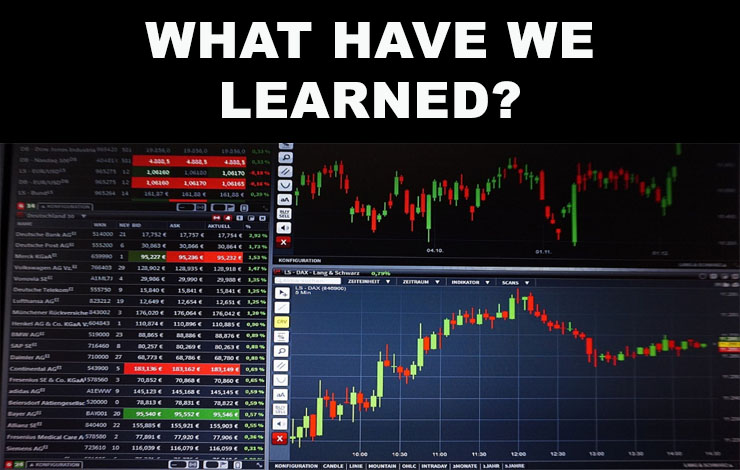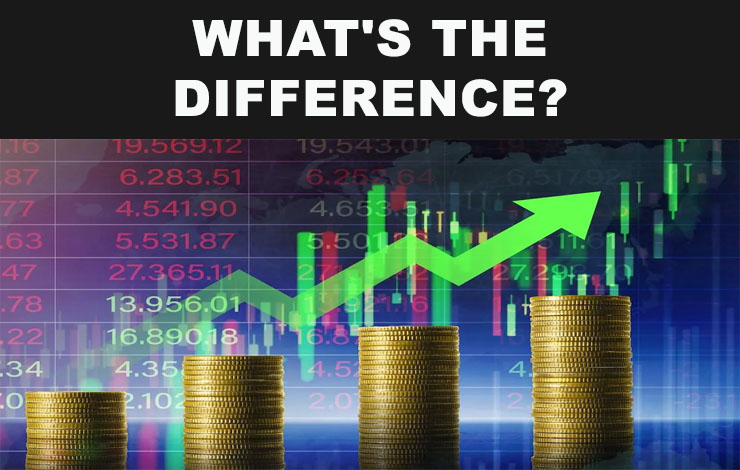Investing is a crucial aspect of building wealth and achieving financial goals. Two popular investment options are individual stocks and investment funds. In this article, we will explore well-researched questions about the differences between these investment approaches in 2023.
By understanding their unique characteristics, risks, and potential rewards, investors can make informed decisions to tailor their investment strategy to their financial objectives.
What are Individual Stocks and Investment Funds?
Individual Stocks: When you invest in individual stocks, you are purchasing shares of a single company. As a shareholder, you own a portion of the company and are entitled to potential dividends and capital appreciation.
Investment Funds: Investment funds pool money from multiple investors to invest in a diversified portfolio of assets, which may include stocks, bonds, or other securities. Investors buy shares of the fund, and a professional fund manager makes investment decisions on their behalf.
How is Diversification Achieved?
Individual Stocks: Investing in individual stocks exposes you to higher concentration risk, as your returns are solely dependent on the performance of those specific companies. If one company performs poorly, it could significantly impact your overall portfolio.
Investment Funds: Investment funds offer built-in diversification. By holding a mix of assets, funds spread risk across various investments, reducing the impact of poor performance from any single security.
What are the Risks Involved?
Individual Stocks: Investing in individual stocks can be riskier, especially if you have a limited number of stocks in your portfolio. The performance of your investment is directly tied to the financial health and success of each company.
Investment Funds: While investment funds provide diversification benefits, they are not immune to market risks. Fluctuations in the overall market can still affect the fund’s performance.
How are Returns Generated?
Individual Stocks: Returns from individual stocks come from capital appreciation (increase in stock price) and dividends paid by the company to shareholders.
Investment Funds: Returns from investment funds come from the collective performance of all the assets held in the fund. This includes capital appreciation and income generated by dividends or interest.
Which Approach Requires More Active Management?
Individual Stocks: Investing in individual stocks often requires more active management. Investors need to research and monitor each company’s financials, industry trends, and news that may impact their stock’s performance.
Investment Funds: Investment funds are professionally managed, allowing investors to take a more hands-off approach. The fund manager handles all investment decisions, asset allocation, and portfolio rebalancing.
What Are the Costs Involved?
Individual Stocks: Buying and selling individual stocks may involve brokerage fees and potential capital gains taxes. If you frequently trade, these costs can add up.
Investment Funds: Investment funds charge expense ratios to cover management fees, administrative costs, and other expenses related to fund management. However, these costs are typically lower compared to the transaction costs of frequent stock trading.
What did we learn in this article?

What have we learned
Investing in individual stocks and investment funds each has its pros and cons. Individual stocks offer the potential for significant gains but come with higher risks and the need for active management. On the other hand, investment funds provide built-in diversification and professional management, making them suitable for investors seeking a more hands-off approach.
For investors looking to build a well-rounded portfolio, a combination of both approaches might be ideal. By investing in a mix of individual stocks and investment funds, investors can harness the benefits of diversification while potentially capitalizing on the growth opportunities offered by select stocks.
Ultimately, the best investment strategy depends on individual risk tolerance, financial goals, and time commitment. Seeking guidance from a qualified financial advisor can provide personalized insights and help design an investment plan aligned with your unique circumstances, ensuring you make informed decisions to build a successful investment portfolio in 2023 and beyond.
